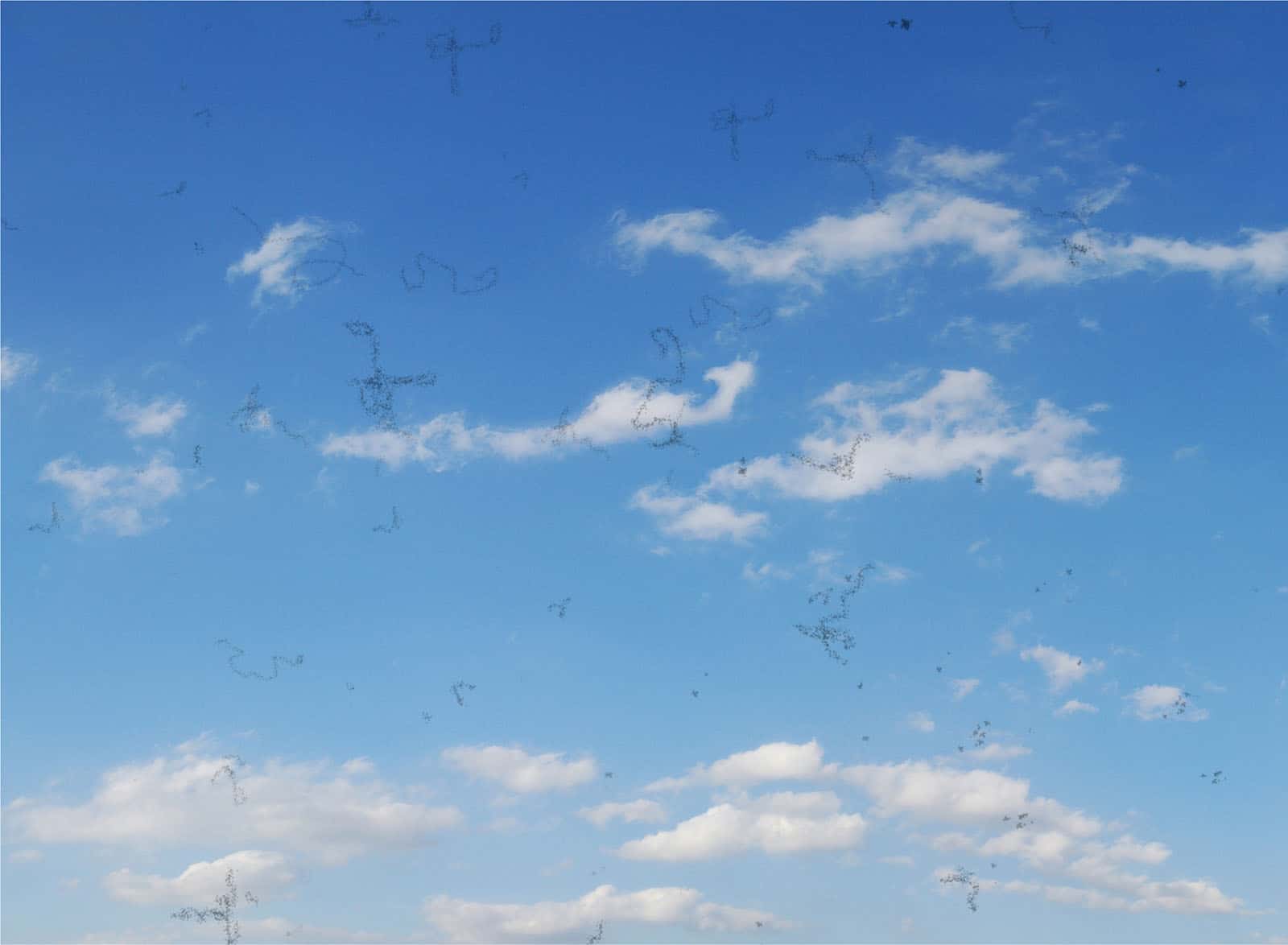Seeing Mosquitoes? Understanding Floaters and Why They Affect Young Adults


Are you seeing a swarm of mosquitoes in front of your eyes? Don't be surprised if you're a young adult and experiencing floaters, a common eye symptom. You may notice black spots that seem to follow you wherever you go, but what's causing it? Floaters are typically associated with age-related eye degeneration, but nowadays, younger generations who spend long hours on their smartphones and computers are also susceptible to this phenomenon.
When the vitreous humour in your eye starts to degenerate and shrink, it can gradually detach from the tightly connected retina, causing floaters. In some cases, the vitreous fibres can also undergo degeneration and become opaque, resulting in the projection of multiple small black spots onto the retina. These black spots can be perceived as floaters by the sufferer.
Beyond Mosquitoes: Discovering the Diverse Shapes of Floaters
Despite the name, floaters can take on various shapes beyond what you might expect. While the term "floaters" may evoke an image of small black or circular dots, they can actually take on a variety of forms, including dots, lines, areas, hooks, clouds, and even cobwebs. It's worth noting that the appearance of floaters can differ from person to person.
Understanding the Types of Floaters: Benign and Malignant
The majority of floaters are benign, also known as physiological floaters, which are generally harmless to the eyes. There are two subtypes of physiological floaters:
During development in the womb, the vitreous humour in a foetus’s eye is filled with blood vessels that contain blood cells. Typically, these vessels are naturally absorbed before birth. However, if they don't fully absorb, some of the vitreous humour’s "vascular residuals" can remain, leading to the formation of floaters.
As we get older, the gel-like vitreous humour in our eyes undergoes degeneration, which can cause it to condense and liquefy. During this process, the fibres in the vitreous humour can clump together, forming strings, clumps, or even transparent floating particles that appear as floaters. Older individuals and those with near-sightedness are more prone to these conditions, and near-sighted individuals may experience them at an earlier age.
Some types of floaters are malignant and caused by underlying eye diseases such as posterior vitreous detachment, retinal degeneration or tearing, diabetic retinopathy, or age-related macular degeneration, which can lead to vitreous haemorrhage. If left untreated, these conditions could potentially result in blindness.
While it's difficult to reverse floaters once they occur, taking good care of your eyes through regular rest and eye exams can help maintain good vision.








